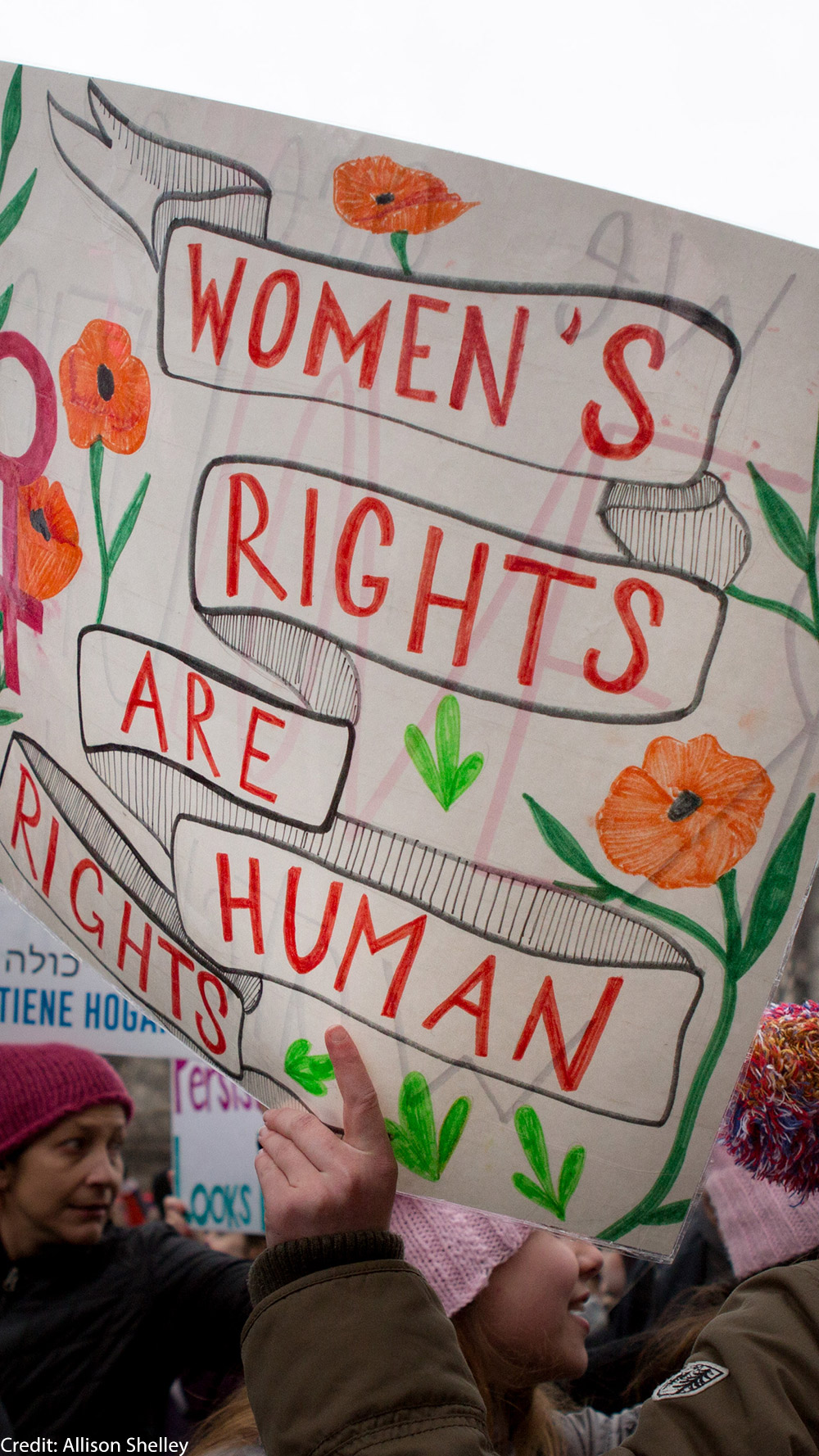Report on Iowa Higher Education Reforms and Alignment with Sustainable Development Goals
Introduction: Addressing Educational Challenges through SDG Frameworks
An analysis of Iowa’s higher education system reveals significant challenges, including escalating costs and a misalignment with workforce demands, which directly impact the state’s progress towards key Sustainable Development Goals (SDGs). In response, the Iowa state Legislature, through a newly formed House Committee on Higher Education, has initiated reforms aimed at enhancing educational quality, affordability, and relevance. These actions are critically aligned with SDG 4 (Quality Education), SDG 8 (Decent Work and Economic Growth), and SDG 10 (Reduced Inequalities).
Legislative and Policy Interventions for SDG 4 (Quality Education)
The state has undertaken specific measures to ensure inclusive and equitable quality education and promote lifelong learning opportunities for all, consistent with the targets of SDG 4.
- Formation of House Committee on Higher Education: A dedicated legislative body was established to review and reform the state’s higher education system, focusing on student outcomes and return on investment for taxpayers.
- The College Affordability Act (House File 440): This legislation introduces several mechanisms to make tertiary education more affordable and accessible, directly supporting SDG Target 4.3.
- Tuition Transparency: Requires tuition rates to be set before student enrollment periods, providing financial predictability.
- Work-Study Integration: Mandates universities to offer programs where students can earn a degree while working, with tuition covered by employers. This enhances practical skills, aligning with SDG Target 4.4 (Relevant Skills for Employment).
- Accelerated Degree Programs: Directs universities to offer at least one three-year bachelor’s degree option, reducing the overall cost and time burden for students.
- Tuition Guarantee Feasibility Study: The Board of Regents is mandated to study the implementation of a fixed tuition rate for a student’s four-year term.
Promoting SDG 8 (Decent Work and Economic Growth)
Reforms are strategically focused on preparing students for productive employment and decent work, a core objective of SDG 8.
- Academic Program Review: The Board of Regents has committed to a comprehensive review of all academic programs to ensure they align with the state’s workforce needs. This initiative aims to prevent subsidizing programs that do not lead to gainful employment, directly contributing to SDG Target 8.6 (Reduce Youth Not in Employment, Education or Training).
- Tuition Increase Caps: The Board of Regents adopted a policy to cap annual tuition increases, linking them to a three-year rolling average of the higher education price index. This measure provides financial stability for students and supports long-term economic planning.
Future Strategies for SDG 10 (Reduced Inequalities)
Future legislative efforts are aimed at reducing inequalities in educational access, particularly for students in rural and underserved areas, in line with SDG 10.
Expanding Community College Offerings
A significant proposed reform involves empowering Iowa’s Community Colleges to offer a limited number of bachelor’s degrees in high-demand fields. This strategy addresses several SDG targets:
- Geographic Accessibility: In five of Iowa’s 15 community college districts where no four-year university is nearby, this would provide local, accessible pathways to higher education.
- Economic Inclusion: By offering a more affordable and geographically convenient option, this reform would empower and promote the social and economic inclusion of students who cannot relocate or afford university tuition, directly supporting SDG Target 10.2.
- Feasibility Assessment: The House Higher Education Committee has commissioned a feasibility study from the community colleges to guide the implementation of this initiative, with the potential for Iowa to become the 25th state to adopt such a policy.
Analysis of Sustainable Development Goals in the Article
1. Which SDGs are addressed or connected to the issues highlighted in the article?
-
SDG 4: Quality Education
- The entire article is centered on improving Iowa’s higher education system. It discusses issues of affordability, access, and the quality and relevance of university and community college programs. The creation of the House Committee on Higher Education and the introduction of the “College Affordability Act” are direct efforts to address the quality and accessibility of tertiary education.
-
SDG 8: Decent Work and Economic Growth
- The article repeatedly connects higher education to workforce preparedness and employment outcomes. It mentions the goal of creating a “better-prepared workforce,” ensuring academic programs “align with the state’s workforce needs,” and lead to “gainful employment.” The introduction of work-study programs is a direct link between education and practical work experience, contributing to economic growth and decent work for graduates.
-
SDG 10: Reduced Inequalities
- The article addresses geographical and economic inequalities in access to higher education. It highlights that community colleges “meet students where they are, in every corner of the state — no matter how rural.” The proposal to allow community colleges to offer bachelor’s degrees is aimed at benefiting Iowans who want to “stick close to home and save money,” thereby reducing the inequality of opportunity for students in areas without a nearby four-year university.
2. What specific targets under those SDGs can be identified based on the article’s content?
-
Under SDG 4: Quality Education
- Target 4.3: By 2030, ensure equal access for all women and men to affordable and quality technical, vocational and tertiary education, including university.
- The article directly addresses this target through initiatives aimed at making college more affordable. These include the “College Affordability Act,” the proposal for a “tuition guarantee,” capping tuition increases, and introducing three-year bachelor’s degrees to save students time and money. The push to expand bachelor’s degree offerings at community colleges also enhances access to tertiary education.
- Target 4.4: By 2030, substantially increase the number of youth and adults who have relevant skills, including technical and vocational skills, for employment, decent jobs and entrepreneurship.
- This target is addressed by the Board of Regents’ agreement to “review all academic programs across the three regent universities… to ensure they align with the state’s workforce needs.” The goal is to prioritize a student’s “employment prospects after graduation” and ensure they are “better prepared to step right into their new career,” which directly relates to providing relevant skills for employment.
- Target 4.3: By 2030, ensure equal access for all women and men to affordable and quality technical, vocational and tertiary education, including university.
-
Under SDG 8: Decent Work and Economic Growth
- Target 8.6: By 2020, substantially reduce the proportion of youth not in employment, education or training.
- Although the target year has passed, the article’s initiatives align with its objective. The introduction of work-study programs, where a student can “earn their degree while working part-time,” is a direct strategy to keep youth engaged in both education and employment. By aligning degrees with workforce needs, the policies aim to reduce the number of graduates who are unemployed or underemployed.
- Target 8.6: By 2020, substantially reduce the proportion of youth not in employment, education or training.
-
Under SDG 10: Reduced Inequalities
- Target 10.2: By 2030, empower and promote the social, economic and political inclusion of all, irrespective of… economic or other status.
- The article addresses this by proposing to expand educational opportunities in rural and underserved areas. The plan to allow community colleges to offer bachelor’s degrees is specifically for students who “want to stick close to home and save money,” particularly in the “five of the 15 community college districts in Iowa” where there is no nearby four-year university. This promotes economic and social inclusion for those who cannot relocate or afford a traditional university.
- Target 10.2: By 2030, empower and promote the social, economic and political inclusion of all, irrespective of… economic or other status.
3. Are there any indicators mentioned or implied in the article that can be used to measure progress towards the identified targets?
-
For SDG 4 (Quality Education)
- Indicator for Target 4.3 (Affordability and Access): The article implies several indicators:
- The annual rate of tuition increases, which the Board of Regents has agreed to cap.
- The number of universities offering three-year bachelor’s degree programs.
- The number of students enrolled in work-study programs where tuition is paid by an employer.
- The number of community colleges authorized to offer bachelor’s degrees.
- Indicator for Target 4.4 (Relevant Skills): The article implies the following indicators:
- The number or percentage of academic programs reviewed and confirmed to align with state workforce needs.
- The employment rate of graduates from Iowa’s public universities.
- Indicator for Target 4.3 (Affordability and Access): The article implies several indicators:
-
For SDG 8 (Decent Work and Economic Growth)
- Indicator for Target 8.6 (Youth Employment): The article implies these indicators:
- The number of students participating in the newly established work-study programs.
- The proportion of graduates who find “gainful employment” after graduation.
- Indicator for Target 8.6 (Youth Employment): The article implies these indicators:
-
For SDG 10 (Reduced Inequalities)
- Indicator for Target 10.2 (Inclusion): The article suggests these indicators:
- The number of bachelor’s degree programs available at community colleges, especially in districts without a four-year university.
- Enrollment data for students in these new bachelor’s programs at community colleges, which would measure access for rural and economically constrained populations.
- Indicator for Target 10.2 (Inclusion): The article suggests these indicators:
4. Table of SDGs, Targets, and Indicators
| SDGs | Targets | Indicators Identified in the Article |
|---|---|---|
| SDG 4: Quality Education |
4.3: Ensure equal access to affordable and quality tertiary education.
4.4: Increase the number of youth and adults with relevant skills for employment. |
|
| SDG 8: Decent Work and Economic Growth | 8.6: Reduce the proportion of youth not in employment, education or training. |
|
| SDG 10: Reduced Inequalities | 10.2: Empower and promote social and economic inclusion. |
|
Source: desmoinesregister.com







